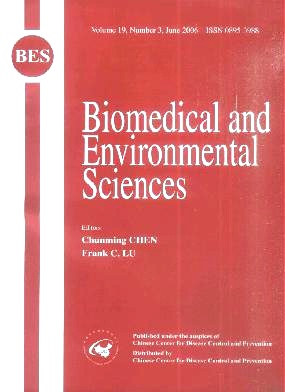Waste Water Disinfection During SARS Epidemic for Microbiological and Toxicological Control
-
Key words:
- Wastewater disinfection /
- Chlorine /
- Chlorine dioxide /
- Ozone /
- Ultraviolet /
- Disinfection by-products
Abstract: Objective To evaluate the disinfection of wastewater in China. Methods During the SARS epidemic occurred in Beijing, a study of different disinfection methods used in the main local wastewater plants including means of chlorine, chlorine dioxide, ozone, and ultraviolet was carried out in our laboratory. The residual coliform, bacteria and trihalomethanes, haloacetic acids were determined after disinfection. Results Chlorine had fairly better efficiency on microorganism inactivation than chlorine dioxide with the same dosage. Formation of THMs and HAAs does not exceed the drinking water standard. UV irradiation had good efficiency on microorganism inactivation and good future of application in China. Organic material and ammonia nitrogen was found to be significant on inactivation and DBPs formation. Conclusion Chlorine disinfection seems to be the best available technology for coliform and bacteria inactivation. And it is of fairly low toxicological hazard due to the transformation of monochloramine.
| Citation: | CHAO CHEN, XIAO-JIAN ZHANG, YUN WANG, LING-XIA ZHU, JING LIU. Waste Water Disinfection During SARS Epidemic for Microbiological and Toxicological Control[J]. Biomedical and Environmental Sciences, 2006, 19(3): 173-178. |







 Quick Links
Quick Links
 DownLoad:
DownLoad: